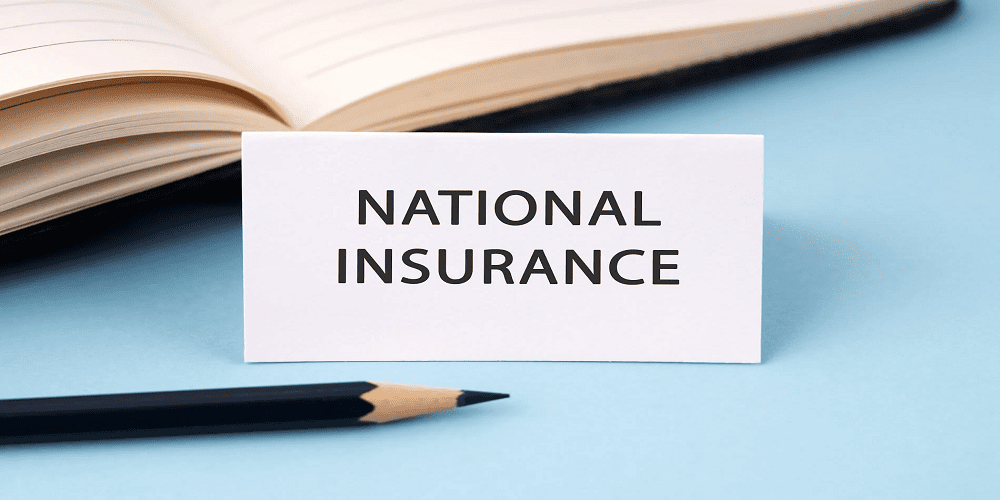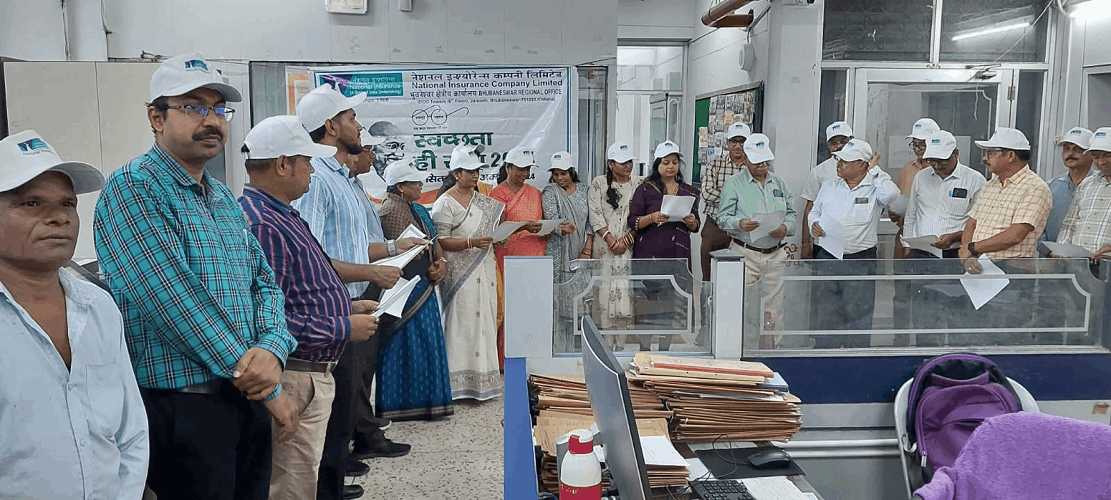IRDAI's New Advertising Guidelines for Insurance Companies
India's insurance regulator, the Insurance Regulatory and Development Authority of India (IRDAI), has introduced new advertising guidelines for insurance companies to protect policyholders. These guidelines are designed to ensure that advertisements are honest, clear, and not misleading.
Key Points of the New Guidelines
1. Transparency and Clarity:
- Advertisements for unit-linked insurance products, index-linked products, and annuity products with variable annuity payout options must provide clear, accurate, and up-to-date information.
- The language used should be simple and easy to understand.
2. Risk Disclosure:
- Ads must clearly depict the risks involved in these products.
- They should include specific details about the fluctuations in investment returns.
- Information about charges related to the fund or premium, and the potential for these charges to increase, must be disclosed.
- Any guarantees provided by the product must be clearly explained, including the conditions under which they are payable and the exact amount of the guarantee.
3. Participating Insurance Products:
- For participating insurance products, ads must disclose that the projected bonuses are not guaranteed and that past performance does not predict future bonuses.
- These products' performance is tied to the insurer’s overall performance in investments, expense management, mortality rates, and policy lapses.
4. Advertising Linked Products:
- Advertisements for unit-linked or index-linked funds must reference the underlying life insurance coverage and associated products, ensuring customers understand the risks and dependencies.
Robust Grievance Redressal System
IRDAI has also mandated that insurers implement an effective grievance redressal system. This system should allow for online grievance submissions and maintain records of all grievances received through various channels, such as call centers.
1. Internal Ombudsman Schemes:
- Insurers are required to establish internal ombudsman schemes to handle grievances.
- These arrangements must be widely publicized to ensure customers are aware of them.
2. Timely Resolution:
- Grievances must be resolved within specific timelines.
- Acknowledgments must be provided immediately, and any additional information needed from the complainant should be requested within one week.
- Final resolution of the grievance should be completed within two weeks, and grievances closed due to non-receipt of a reply from the complainant must be completed within eight weeks.
3. Tech-Based Solutions:
- The guidelines emphasize the use of technology to ensure swift and efficient grievance redressal.
- Designated officers (ombudsmen) will address these matters, with varying timelines based on the method of addressal.
Industry Reactions
Rakesh Jain, CEO of Reliance General Insurance, highlighted the importance of these measures for governance and compliance in the insurance sector. He emphasized that these guidelines ensure transparency and truthfulness in insurance product promotions, which benefits policyholders.
Nitin Deo, CTO of Zuno General Insurance, praised the reforms for empowering policyholders. He noted that a tech-driven grievance redressal system and transparent advertising practices would create a more accessible and trustworthy insurance landscape.
Detailed Breakdown of the Guidelines
Advertising Guidelines
1. True and Not Misleading:
- Insurers must ensure their advertisements are truthful and not misleading.
- Advertisements should be clear and provide all necessary information to help consumers make informed decisions.
2. Specific Product Guidelines:
- Unit-Linked Insurance Products: Ads must highlight the risks and charges involved.
- Index-Linked Products: Must provide clear information on investment returns and associated risks.
- Annuity Products: Should explain the variability in annuity payouts and any conditions for guarantees.
3. General Disclosure Requirements:
- All ads must disclose if projected bonuses are not guaranteed and that past performance does not indicate future results.
- The performance of participating products should be clearly tied to the insurer’s overall performance metrics.
Grievance Redressal System
1. Implementation:
- Insurers must have a robust system for addressing grievances, allowing for online submissions and maintaining a record of all grievances received.
- There should be a structured approach to resolving these grievances promptly.
2. Internal Ombudsman:
- Insurers should have internal ombudsmen to handle grievances.
- This ensures that there is a dedicated person responsible for addressing customer concerns.
3. Public Awareness:
- Insurers need to widely publicize their grievance redressal mechanisms so that customers are aware of how to lodge complaints and seek redressal.
4. Resolution Timelines:
- Grievances should be acknowledged immediately and resolved within specified timelines.
- Insurers should seek additional information from complainants within a week if needed and provide a final resolution within two weeks.
5. Tech-Based Solutions:
- The use of technology in grievance redressal is encouraged to ensure timely and efficient handling of complaints.
- This aims to minimize the number of unresolved grievances.
IRDAI's new guidelines aim to enhance transparency, ensure accurate information is provided in advertisements, and establish a robust system for addressing grievances. By doing so, the regulator seeks to protect policyholders' interests and foster trust in the insurance industry. The emphasis on technology and clear communication reflects a forward-thinking approach to regulation in the insurance sector, aiming to create a more customer-centric environment.

.jpg)

.jpg)






.jpg)











Leave A Comment
0 Comment